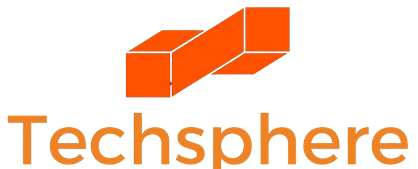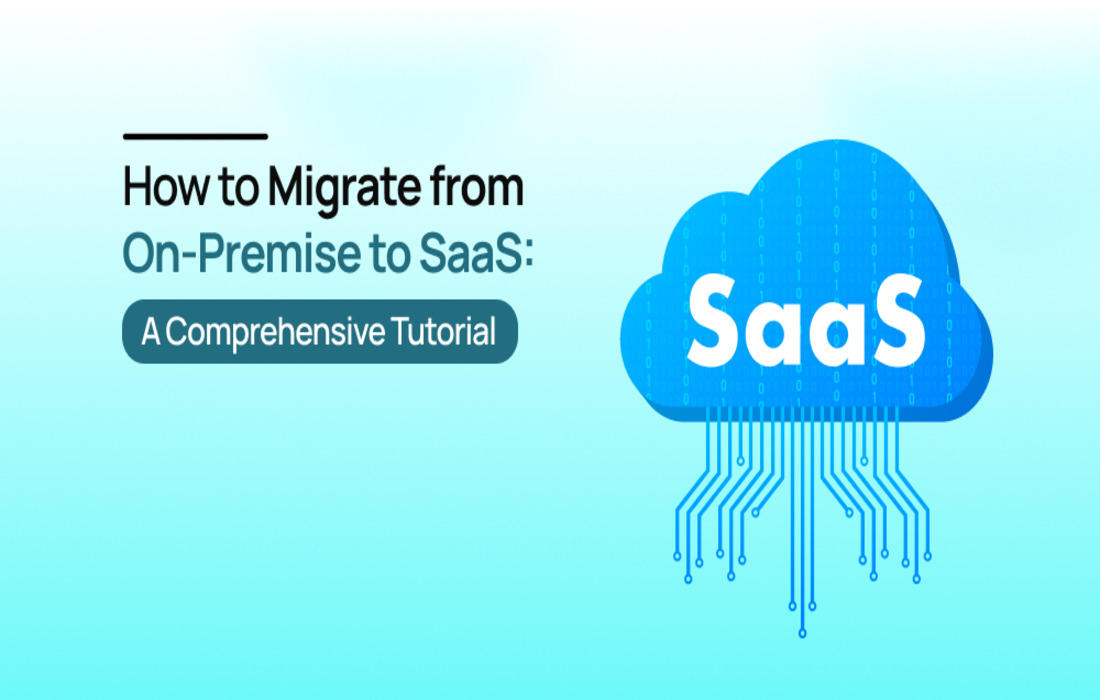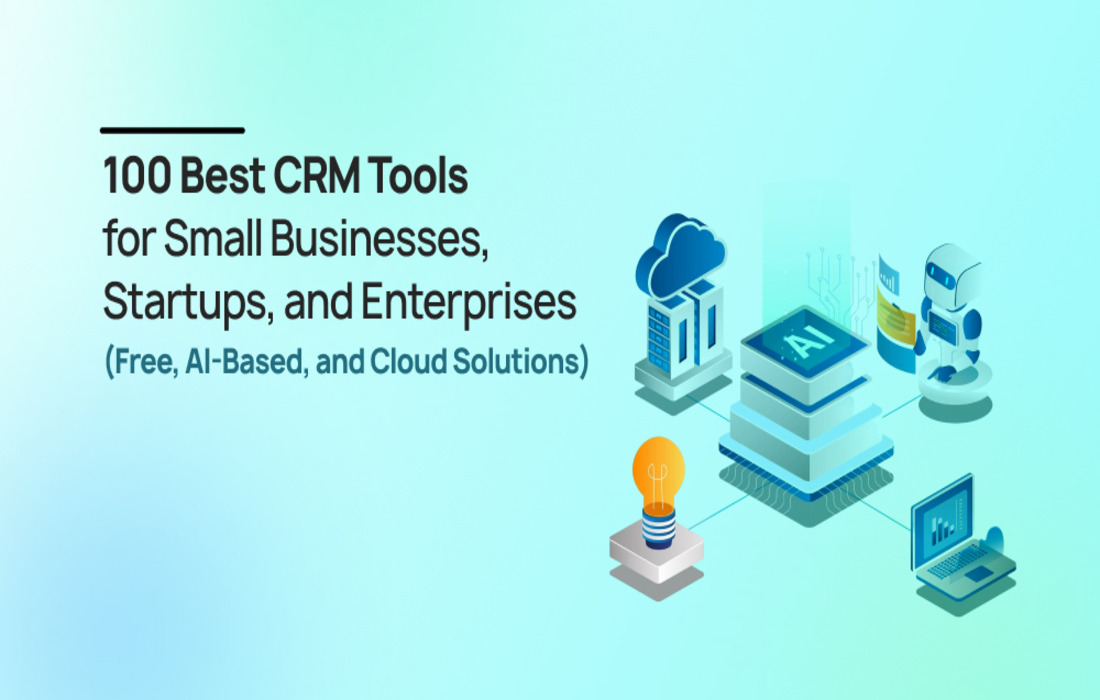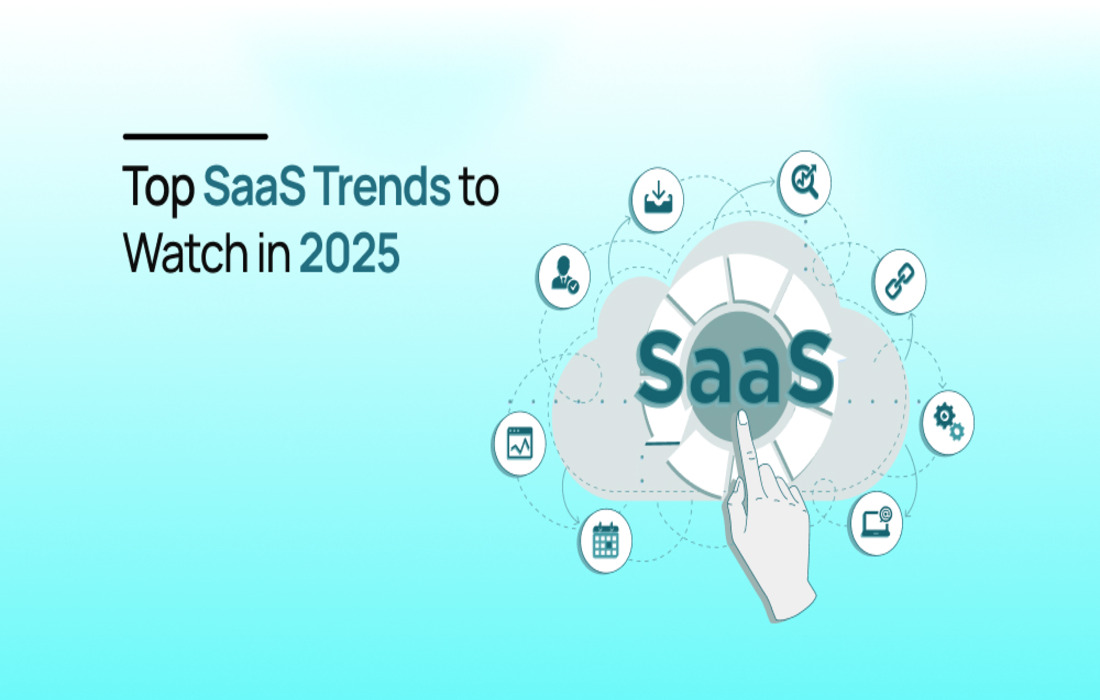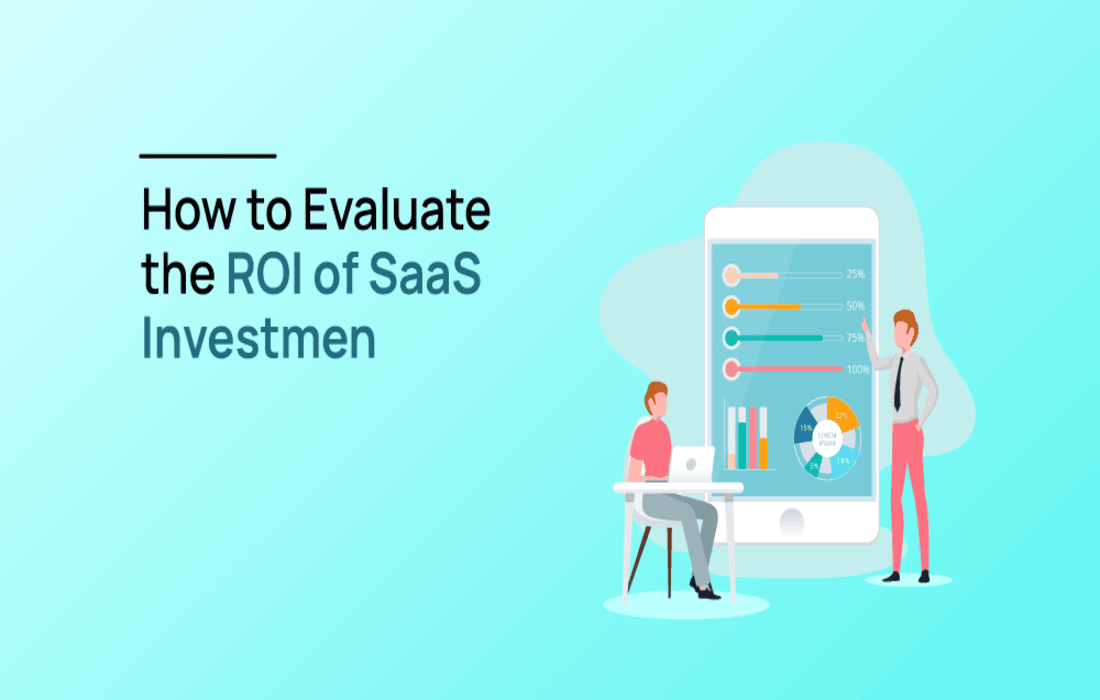Migrating from on-premise software to a SaaS (Software-as-a-Service) model is no longer a trend—it’s a strategic imperative for businesses aiming to modernize operations, reduce costs, and enhance scalability. But shifting your infrastructure, applications, and data to the cloud is a complex process that requires planning, coordination, and risk management.
In this comprehensive guide, we’ll walk you through how to migrate from on-premise systems to SaaS step-by-step in 2025—while maintaining data integrity, ensuring user adoption, and optimizing for long-term success.
Why Businesses Are Migrating to SaaS in 2025
Cloud software adoption is accelerating due to:
- Cost efficiency (no hardware or upgrade overhead)
- Scalability (resources grow with demand)
- Remote accessibility (work from anywhere)
- Frequent feature updates and security patches
According to Gartner, over 85% of enterprise software is expected to be cloud-delivered by 2025.
Step-by-Step SaaS Migration Framework
Step 1: Define Objectives and Scope
Before any migration, define the why behind the move:
- Reduce infrastructure costs
- Improve accessibility and collaboration
- Retire legacy systems
Questions to Answer:
- What systems are you migrating?
- Who are the end users?
- What’s the timeline and budget?
Step 2: Evaluate and Select a SaaS Solution
Focus on finding a SaaS platform that aligns with your business needs.
Key Evaluation Criteria:
- Features and use-case coverage
- Vendor reliability and roadmap
- Integration with existing systems
- Data ownership and portability
- Compliance (GDPR, HIPAA, SOC 2)
Step 3: Audit Your Current On-Premise Environment
Before migrating, conduct a full audit:
- Inventory of hardware, software, and databases
- Data volume and types (structured, unstructured)
- Custom workflows and integrations
- User access roles and permissions
Tip: Use this audit to clean up obsolete data or redundant systems.
Step 4: Plan the Migration Architecture
Plan how data, workflows, and access controls will be transitioned.
Architecture Decisions:
- One-time vs. phased migration
- Data migration method (ETL, sync, manual input)
- Integration approach (APIs, middleware)
- Backup and rollback options
Step 5: Ensure Security and Compliance Alignment
Moving to SaaS changes your security perimeter. Ensure:
- Data encryption in transit and at rest
- Role-based access control (RBAC)
- Audit logs and monitoring tools
- Identity management integration (SSO, MFA)
Focus keyphrase: Migrate from on-premise to SaaS should appear in documentation and training material.
Step 6: Run a Pilot Migration
Start with a non-critical department or user group.
- Validate functionality, performance, and user experience
- Identify data gaps or migration errors
- Collect feedback and make necessary adjustments
Step 7: Execute Full Migration
Once the pilot is successful:
- Migrate all users and data in a controlled, staged manner
- Freeze legacy systems to avoid conflicts
- Monitor system logs and API responses in real-time
Step 8: Train Users and Offer Support
User adoption is critical to SaaS success.
- Provide live and on-demand training sessions
- Set up a support desk or chat channel
- Share FAQs and product walkthroughs
Step 9: Monitor, Optimize, and Maintain
Post-migration tasks include:
- Performance benchmarking
- User feedback collection
- Periodic security audits
- SLA monitoring
Common Challenges and How to Avoid Them
| Challenge | Solution |
| Data loss or corruption | Use backups and test restores |
| Resistance from employees | Offer early training and involve users |
| Integration breakdowns | Use middleware and phased rollout |
| Unexpected costs | Clarify billing model and growth limits |
SaaS Migration Checklist
✅ Define business goals and scope
✅ Select the right SaaS platform
✅ Conduct a system and data audit
✅ Design a secure migration plan
✅ Test with a pilot program
✅ Execute in phases
✅ Train users and support adoption
✅ Monitor performance and adjust
SEO Meta Details
Focus Keyphrase: migrate from on-premise to SaaS
Meta Title: Migrate from On-Premise to SaaS – Step-by-Step Guide for 2025
Meta Description: Learn how to migrate from on-premise to SaaS with a complete 2025 tutorial. Secure data, reduce costs, and modernize your tech stack smoothly.
Conclusion: Future-Proof Your Business
Migrating from on-premise to SaaS is not just an IT decision—it’s a business transformation strategy. With careful planning, secure execution, and proper user onboarding, your migration can lead to lower costs, greater agility, and better outcomes.
Ready to start your SaaS migration journey? Subscribe to our blog for cloud migration guides, SaaS reviews, and expert checklists.
Modernize today. Scale tomorrow.
